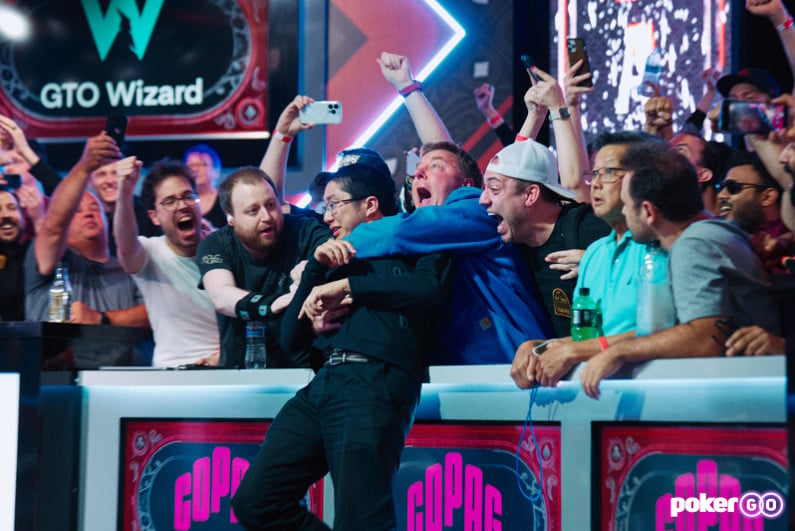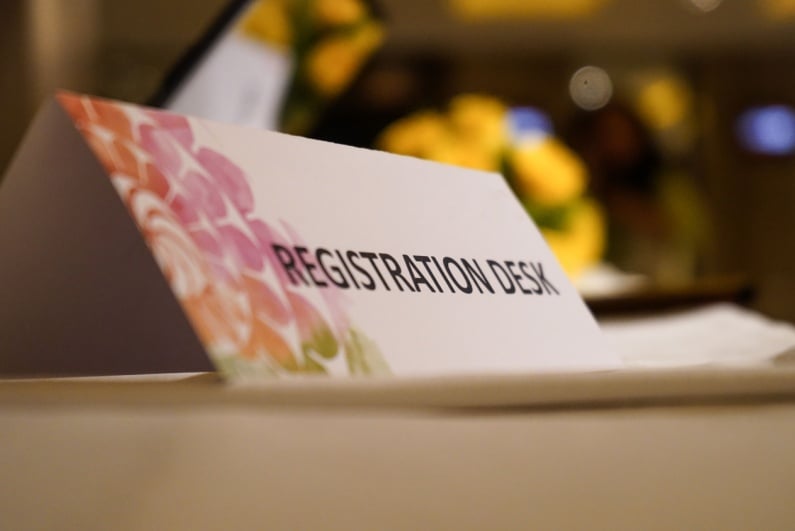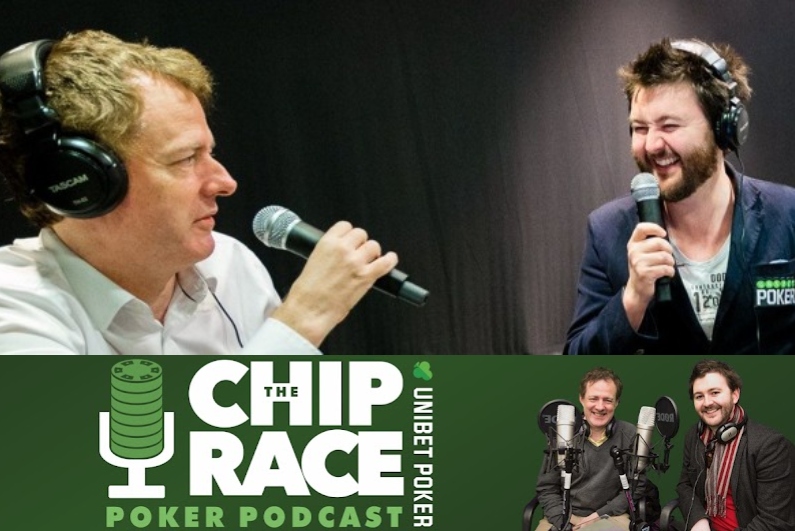The Solver Era
Whether you like it or not, we are in the “Solver Era” of poker. The majority of elite players lean into solver solutions as the mainstay of their study, interpreting heuristics which have been made clearer, crisper and more expeditious by our silicon overlords.
players have always been heavily motivated to stay ahead of the curve
This development in our game is part of the natural evolution of information and an example of the inexorable march of new technology. With substantial financial incentives on the line, players have always been heavily motivated to stay ahead of the curve, and these days, time well spent with the solvers is the most efficient way to upskill and improve.
Trainers such as GTO Wizard, DTO Poker Trainer, and RangeTrainerPro provide a bank of pre-solved spots which have accelerated the learning process for players looking for a game theory optimal baseline. Further advancements to these tools are ICM awareness and some node-locking functionality, allowing the solvers to be recalibrated to help with exploitative plays.
Tip of the iceberg
In recent years, some high profile bad actors have crossed the line, however, re-tooling this technology for the purposes of real-time assistance. The Fedor Kruse dream machine scandal was just the tip of the iceberg as, in reality, hundreds of rogue players have deployed similar technology in-game to cheat honest players online.
During this period, live poker has felt safer as the “one person, one hand” rule, a bedrock of the game, is more straightforwardly policeable. A live poker player is visible to his or her opponents and the “no phone use while in a hand” rule is designed to prevent collusion and the opportunity to consult solver solutions. Of course, headphones and smart sunglasses being permitted does offer a potential workaround for a dedicated cheater but, for the most part, these rules have sufficed.
The problem is that when the incentives get big, scurrilous people will find the motivation and the ways to break weak and hard-to-enforce rules. In recent months, there have been instances of players caught using mobile phone-based solver technology whilst playing live.
Preparation
The winner of the World Series of Poker Main Event receives an eight-figure payday, more than enough enticement for a dishonest person to pursue underhanded methods to gain an edge over the competition. With literal millions of dollars on the line, it is important for the WSOP to be vigilant when it comes to game integrity.
if someone were to cheat, it would be exceptionally high risk
On the flip side, the final stages of that tournament are televised, covered by dozens of cameras, scrutinized more than any other poker event. Besides tournament staff, of which there are many, there are media, players and the proverbial “eye in the sky” keeping tabs on the proceedings. If someone were to cheat, it would be exceptionally high risk as disqualification would be a devastating loss of equity and would cause irreparable reputational harm.
Last week, Jonathan Tamayo emerged victorious to claim the $10m first prize and the title of 2024 Main Event champion after an excellent final table performance. He is a seasoned 20-year professional and a grinder who has the respect of his peers. In his corner was his friend, coach, and investor Dominik Nitsche, who is one of the game’s elite players and the creator/owner of the DTO Poker Trainer.
Laptopgate
In an interview with Jeff Platt on the rail, Nitsche was transparent about the amount of preparation he and Tamayo had put into the final table, wasting none of the day off before it began. There were deep discussions about opening ranges, ICM implications, and the adjustments necessary in a variety of scenarios. There was no doubt also some talk about player-specific exploits.
Nitsche acknowledged that there was a limit to how much could be achieved in a day and credited Tamayo for a lot of sharp in-game adjustments. Nonetheless, it was clear that he took pride in the amount of preparation that they had done, work that he believed would give Tamayo the leg-up over his opponents.
had constructed a makeshift poker lab on the rail
Controversy erupted, however, as it became clear that Nitsche and 2015 Main Event champion Joe McKeehan had constructed a makeshift poker lab on the rail, watching the delayed cards-up coverage on one screen, but more importantly running sims on a laptop as hands played out, generating new opening ranges as stack sizes shifted. In between hands or after big confrontations, Tamayo would consult with Nitsche and McKeehan, who would share their findings and offer some strategic tidbits for the next hand.
Moneyball poker
In the post-Moneyball era of most professional sports, it is commonplace for video analysts, statisticians and other specialist coaches to be hired to inform on and off the field decisions. In stop-start sports or those that feature timeouts, it is standard practice to lean into the advice supplied by these experts, be it to inform general strategy or weigh up the long-term EV of different clutch plays.
Poker can be fairly described as a mind sport and is inherently stop-start, so similar opportunities arise. For years, coaches or other interested parties on the rail have supplied similar data to players on final tables, in the WSOP Main Event and elsewhere.
The difference is the lack of subtlety this time around as Nitsche, aware of how it was within the rules, was utterly transparent about what he was doing.
Will the WSOP react?
Personally, I have no issue whatsoever with Tamayo’s rail using modern tools to inform a hivemind of top professionals who were imparting advice in between hands. I think more players doing that would actually accentuate how poker is a skill game. However, it has clearly upset some people in the community who are conscious of how such sophistication may play to a wider audience and who, mostly in good faith, worry about the ways that technology can corrupt our game.
If these concerns are met with sympathy from the WSOP, then sequestering the players on future final tables would be an option. To do so, however, would remove the rail aspect and create a very dry experience akin to the atmosphere around high profile chess matches. It would be inherently less televisual and thus risk spoiling one of poker’s great advertising opportunities. There is no doubt that past Main Event final tables have been an effective Trojan horse, bringing players into the game.
Another option would be to ban the use of solvers on the rail, a measure that would be tough to police because what is to stop somebody watching the big screen on the other side of the room running sims on their phone which can be easily relayed via photograph to a rail bird? It is probably best to leave it as is and for the community to own and embrace what the game has become, even if some aspects of that are unpalatable to some.




